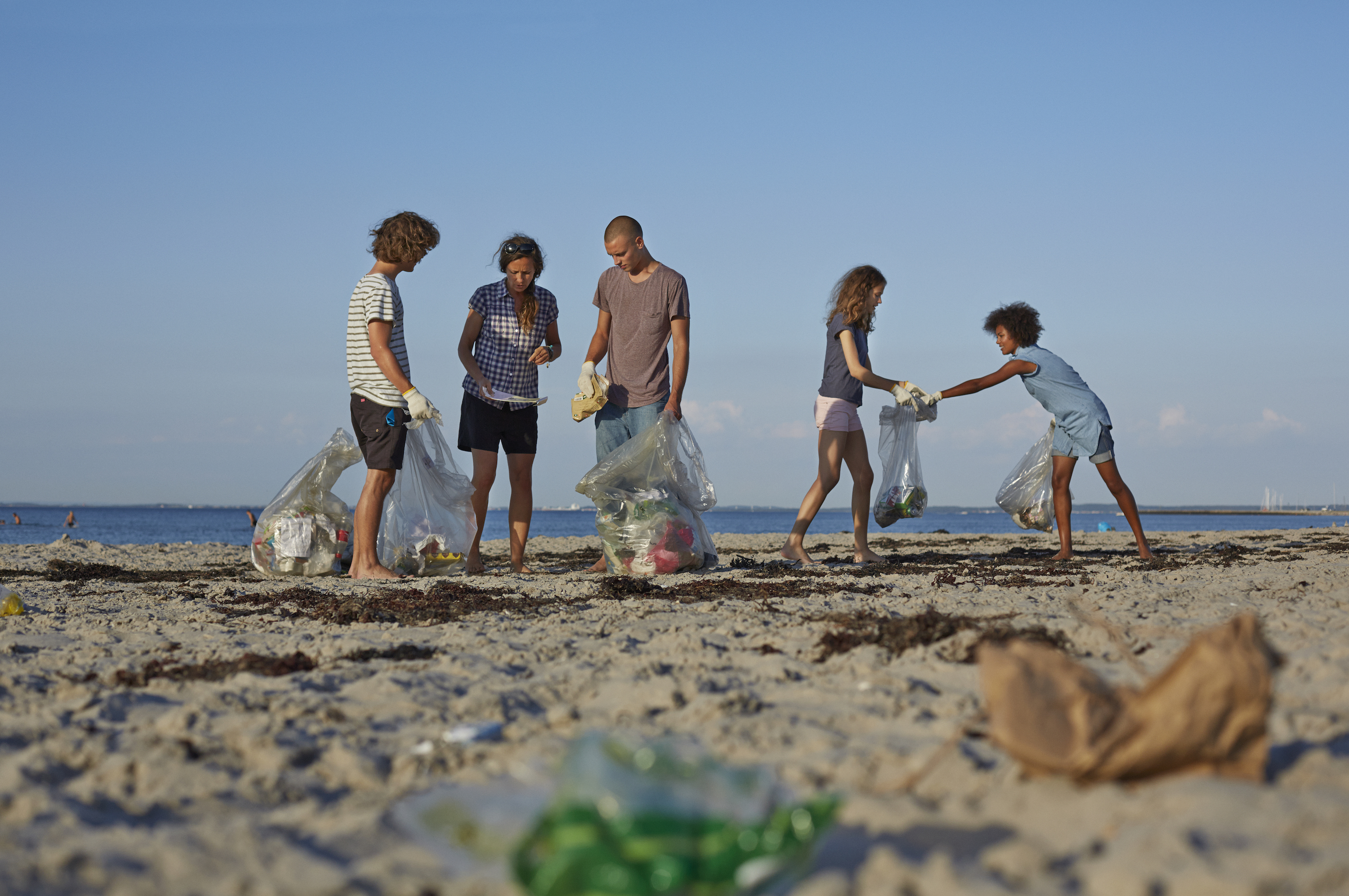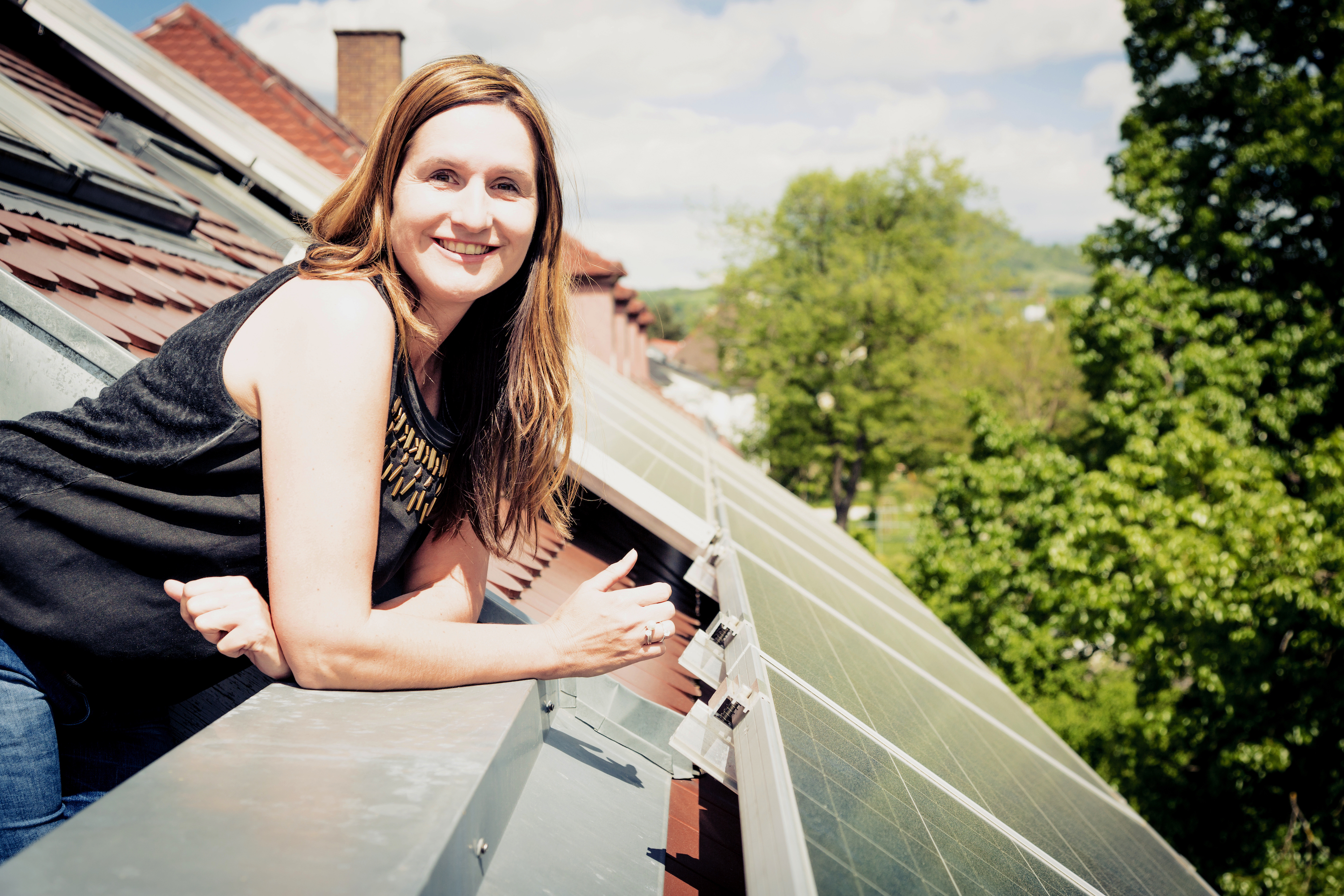
Health & Medicine
How difficult decisions change our brains

Disillusionment with politics is reason enough to want to take action yourself on climate change and the environment, but actually doing it is harder. Here is a model to help you plan and do.
Published 3 January 2019
Are you frustrated by the lack of national action being taken to tackle climate change and protect the environment? Have you made a New Year resolution to start doing something yourself?
The good news is that there is plenty of advice out there on what individuals can do, like David Suzuki’s top 10 things to do about climate change. But making the resolution to do something, and even deciding on what to do, is the easy part. The hard part is actually doing it, and that requires not just understanding what needs to be done but going through the next step and organising ourselves and sustaining our commitment.

It requires what psychologists call “adaptive” thinking and behaviour that facilitates people being able to change in response to circumstances and solve problems.
Ordinarily, when we deal with changing our behaviour we tend to use very simple processes and typically rely on specialists (therapists, coaches) to bring about changes that are complex. Even when we make major decisions like job changing, buying a car or a house, we often don’t account for all the elements and consequences of the change, sometimes because it would be overwhelming to think of all of the issues – just as we have collectively done with climate change.
To assist people in adapting to change, we have been developing a model to help better understand effective, positive and adaptive change processes. We call it the Adaptive Change Model. There are eight factors to the model, five of which are processes to consciously follow, and three support factors that help you get where you are going.

Health & Medicine
How difficult decisions change our brains
1. Create a mindset of Openness to opportunities – be truly open to the possibilities, all the possibilities. Look for opportunities and seek out many possibilities before deciding on what to commit to change.
2. Visualise possibilities and imagine yourself doing things. Perhaps even write out or draw your opportunities.
3. Plan. Once we have imagined all options we need to make plans that address the complexity and multilayered nature of what needs to be done, and then operate very flexibly, responding to new opportunities and going through more visualisation and planning to refine the action plan.
4. The next stage is taking action and this needs to be strategic, focused, achievable, self-affirming and self-rewarding – and if possible fun and easy, at least in the first instance.
5. Pursue Closure by soundly defining a measurable achievement, followed by celebration of the achievement.

6. Social Support – build networks of people to support every aspect of the five processes and two other support factors
7. (Management of) Negative Emotions – regulating and channelling negative emotions to focus on the five processes and the other support factors
8. Inner Drive – providing the grit, gumption, motivation and drive to stay the course and achieve the goals and maintain the five processes and the other support factors

Sciences & Technology
Crowdsourcing security intelligence
For example, perhaps one evening you notice that there are suggestions on the council’s rates notice on how to reduce your environmental footprint, including installing solar panels on the roof, storing run-off rainwater in upright tanks and setting up a compost bin. You feel excited and motivated (Inner Drive) at the prospect of doing something, but a little anxious (Management of Negative Emotions) because you’ve never done these things before. But you know your partner will support you and work with you on the options (Social Support).
You imagine (visualise) what it would be like to have solar panels on the roof or water tanks or a compost bin. You think about it often and imagine what it will be like. You visit a friend who has gone ‘environmental’ and they talk to you about what they did and how it would fit into your house and lifestyle. You realise this is going to take some effort (Inner Drive) and feel disappointed (Management of Negative Emotions) that it will change your beautifully landscaped backyard. But your partner is still very encouraging (Social Support).
In your plans you commit (Inner Drive) to an easier task to start planning to manage garbage better by putting a compost bin in the backyard. You visit staff at a local Environmental Centre (Social Support) who assist with siting the compost bin, which means taking out some plants (Management of Negative Emotions).

Your friend and partner (Social Support) return with you to the Environmental Centre where you buy the compost bin and worms, which seem expensive (Management of Negative Emotions) but you have committed to this and you think it is worthwhile (Inner Drive).
You are determined to celebrate your achievements, first when you install everything and get it working – and that evening you celebrate with your partner with a glass of wine (Social Support).
You realise that you have committed to a new process that is going to be time-consuming and maybe uncomfortable – you have to tramp outside in the cold of winter or heat of summer (Management of Negative Emotions). However, you’re glad that you’ve committed to this change (Inner Drive) and you’ve decided to celebrate your first bucket of compost, when it’s ready, with your partner and your friend.

Following and managing these processes isn’t easy. Learning to be comfortable with patiently and conscientiously applying new, more complex ways of managing our attitudes, our values, our emotions, our ways of thinking and doing things, requires effort, understanding and self-compassion to become truly adaptive.
People should feel free to experiment with the process and support factors as you work in your own way to meet the challenge of responding to human induced climate change. Failures should be embraced as a learning experience to build on, and when you succeed you should celebrate, with fireworks, if preferred!
Our politicians aren’t yet ready to decisively and collectively lead on climate change, however, if enough individuals begin their own courageous, quiet, personal adaptive change revolution, politicians will follow.
Banner Image: Getty Images